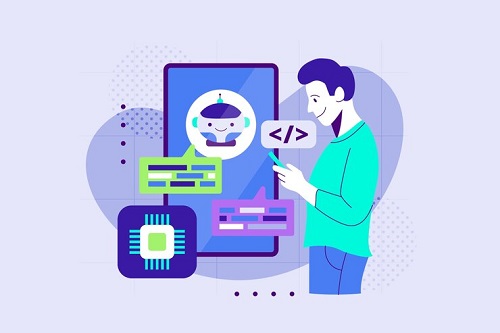In the rapidly evolving field of Natural Language Processing (NLP), researchers and developers are constantly seeking innovative ways to enhance language understanding and generation. One of the most promising advancements in this domain is the concept of Retrieval-Augmented Generation (RAG), which has the potential to revolutionize the way machines comprehend and generate human language.
RAG combines the strengths of two powerful techniques: retrieval-based methods and language generation models. By integrating these approaches, RAG aims to overcome the limitations of traditional NLP systems and achieve a more comprehensive understanding and generation of natural language.
At the core of RAG is the idea of leveraging large-scale knowledge sources, such as pre-existing text corpora or databases, to enhance the capabilities of language models. This means that instead of relying solely on the training data provided during model development, RAG-enabled systems can access a vast amount of external information to improve their language understanding and generation.
One of the key advantages of RAG is its ability to incorporate context and external knowledge into the language generation process. Traditional language models often struggle with generating coherent and contextually relevant text, especially when faced with complex or ambiguous input. RAG addresses this challenge by enabling the model to retrieve and integrate relevant information from external sources, thereby enhancing the quality and coherence of the generated text.
Moreover, RAG has shown promising results in addressing the issue of factual accuracy in language generation. By accessing external knowledge bases, RAG-enabled models can verify the factual correctness of the generated content, reducing the likelihood of propagating misinformation or inaccuracies.
Another area where RAG demonstrates significant potential is in improving the overall fluency and coherence of language generation. By leveraging retrieval-based methods to access relevant context and information, RAG-enabled models can produce more coherent and contextually appropriate text, leading to a more natural and human-like language generation.
Furthermore, RAG has the potential to enhance the performance of NLP systems in specific domains or tasks by enabling them to access domain-specific knowledge sources. This capability is particularly valuable in applications such as question answering, dialogue systems, and content generation, where access to domain-specific information is crucial for accurate and relevant language processing.
The implications of RAG in advancing NLP are far-reaching, with potential applications across various domains, including healthcare, finance, customer service, and content creation. By improving the accuracy, coherence, and contextuality of language generation, RAG has the potential to elevate the capabilities of NLP systems and enable them to perform more complex and nuanced language processing tasks.
In conclusion, Retrieval-Augmented Generation (RAG) represents a significant advancement in the field of Natural Language Processing, offering a powerful approach to enhancing language understanding and generation. By leveraging external knowledge sources and integrating them into the language generation process, RAG has the potential to address key challenges in NLP and unlock new possibilities for the development of more advanced and capable language processing systems. As research and development in this area continue to progress, the impact of RAG on NLP is expected to be profound, paving the way for a new era of intelligent and contextually aware language processing.



